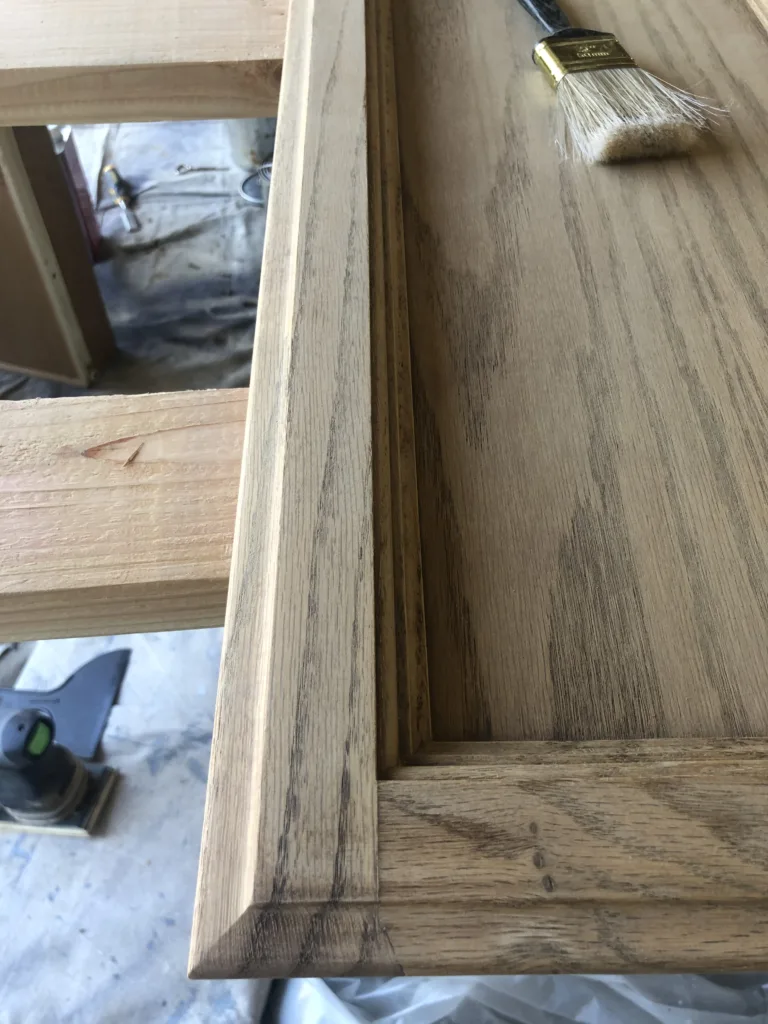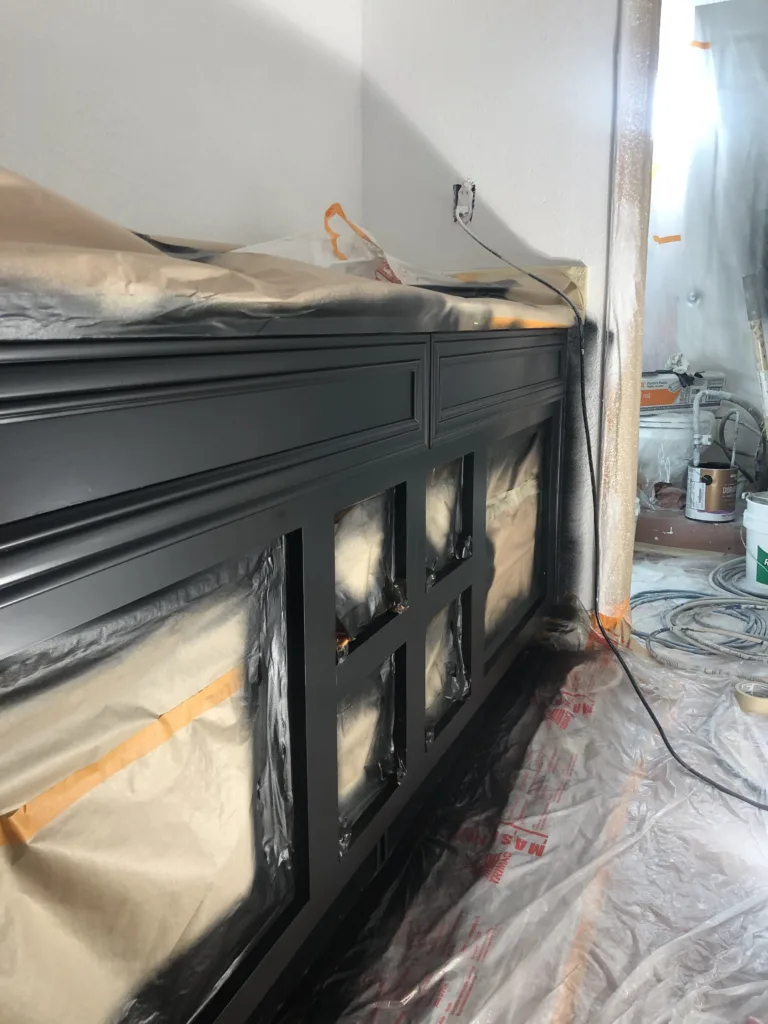There are several good options for roller covers when it comes to painting cabinets. The type of roller cover you choose will depend on the type of paint you’re using and the surface you’re painting on. Here are the best type of rollers for painting cabinets in 2023:
- Microfiber roller covers: Microfiber covers are excellent for painting cabinets because they leave a smooth finish and are easy to clean. They work well with both oil-based and water-based paints.
- High-density foam roller covers: High-density foam covers are similar to regular foam roller covers, but they have a denser foam that allows them to hold more paint. They are excellent for painting cabinets because they leave a smooth and even finish, and they work well with both oil-based and water-based paints.
- Polyester roller covers: Polyester covers are durable and work well with oil-based paints. They are great for painting cabinets because they leave a smooth and even finish.
When choosing a roller cover for painting cabinets, it’s important to choose one with a medium nap (around 3/16 inch) to ensure that you get an even coat of paint without leaving roller marks. Additionally, make sure to choose a roller cover that is the right size for the job. A 4-inch roller cover is usually the best choice for painting cabinets because it allows you to easily reach all areas without leaving streaks.

How to prevent brush strokes when painting cabinets?
Roller marks can be a common issue when painting cabinets, but there are several ways to prevent them:
- Use the right roller cover: As I mentioned in my previous answer, using the right roller cover is essential to preventing roller marks. Choose a roller cover with a medium nap, and avoid using cheap or worn-out covers.
- Use a high-quality paint: Using a high-quality paint can also help prevent roller marks. Look for a paint that is specifically designed for cabinets and trim, as these paints are formulated to provide a smooth and even finish.
- Use the right technique: When painting cabinets, it’s important to use the right technique to avoid leaving roller marks. Start by using a brush to paint the corners and edges, and then use a roller to paint the flat surfaces. Roll the paint on in a “W” or “M” pattern, and avoid using too much pressure or paint.
- Apply multiple thin coats: Instead of applying one thick coat of paint, apply multiple thin coats. This will help ensure that the paint dries evenly and prevent roller marks from forming.
- Sand between coats: After each coat of paint has dried, use a fine-grit sandpaper to lightly sand the surface. This will help smooth out any imperfections and ensure that the next coat of paint goes on evenly.
By using the right roller cover, high-quality paint, and proper technique, you can prevent roller marks when painting cabinets and achieve a smooth and professional-looking finish.

Is it better to spray paint or hand paint kitchen cabinets?
Both spray painting and hand painting can be effective methods for painting kitchen cabinets, but each has its own advantages and disadvantages. Here are a few things to consider:
Spray Painting:
Advantages:
- Produces a smooth and even finish
- Can be faster than hand painting, especially for large projects
- Can reach tight spaces and hard-to-reach areas
Disadvantages:
- Requires more prep work to protect surrounding areas from overspray
- Can be more expensive, as it requires special equipment such as a paint sprayer
- Can be more difficult to control, especially for beginners
Hand Painting:
Advantages:
- More control over the paint application, especially in small areas
- Requires less prep work, as it doesn’t produce overspray
- Can be less expensive, as it doesn’t require special equipment
Disadvantages:
- Can be slower than spray painting, especially for large projects
- Can produce brush or roller marks if not done carefully
- May not be able to reach tight spaces or hard-to-reach areas
Ultimately, the best method for painting kitchen cabinets will depend on your personal preferences, the size of the project, and your level of experience with painting. Some people prefer spray painting for large projects or when a very smooth finish is desired, while others prefer hand painting for smaller projects or when more control over the application is needed. It’s important to consider the advantages and disadvantages of each method and choose the one that will work best for your specific project.

